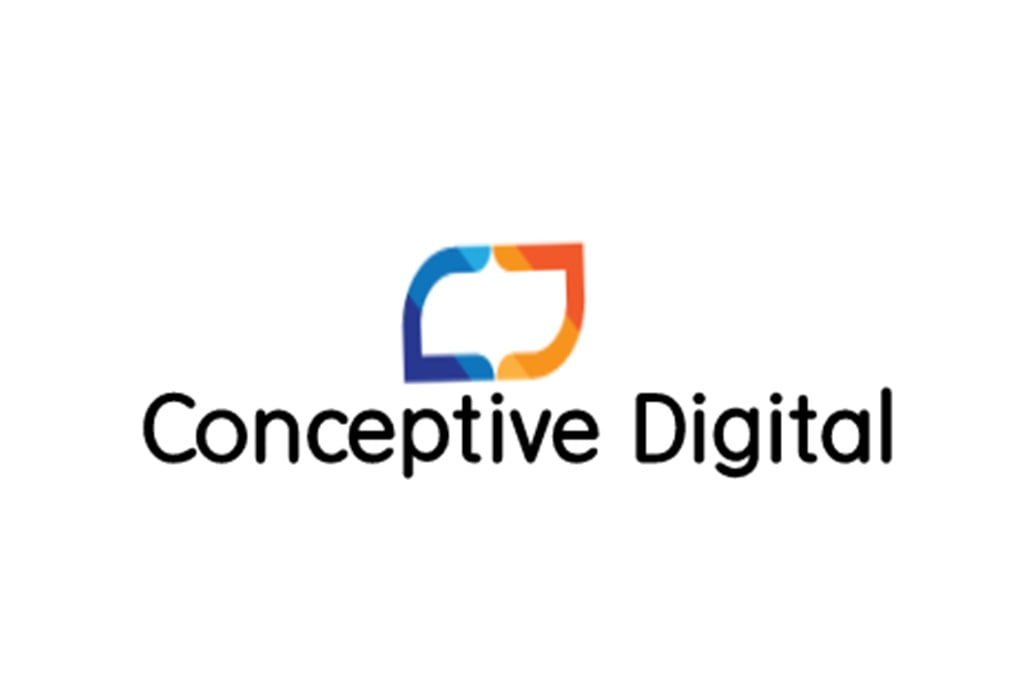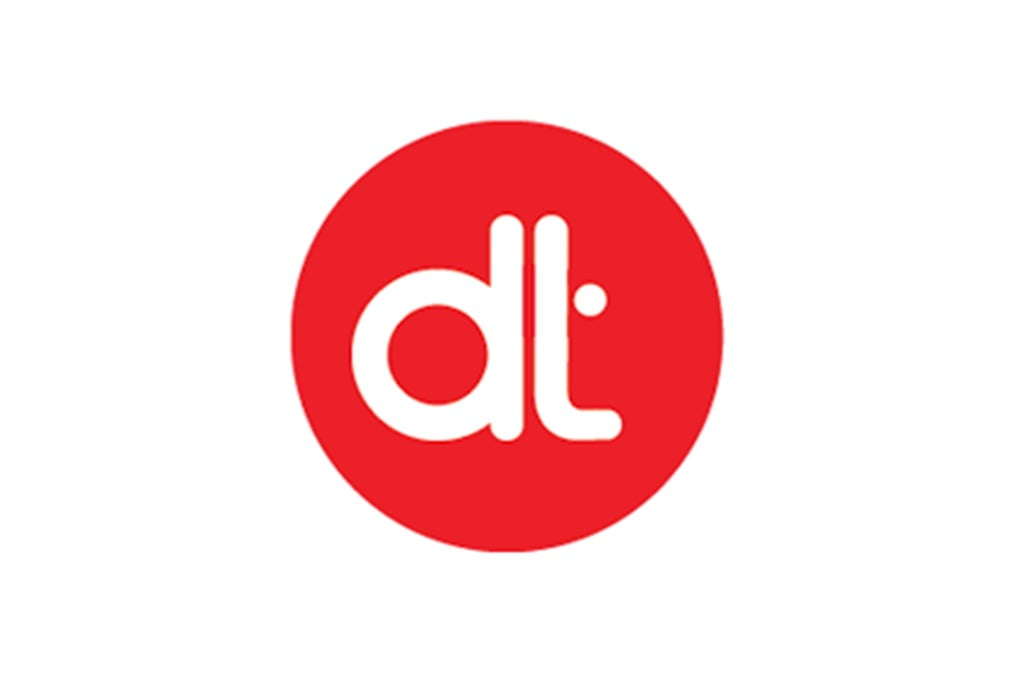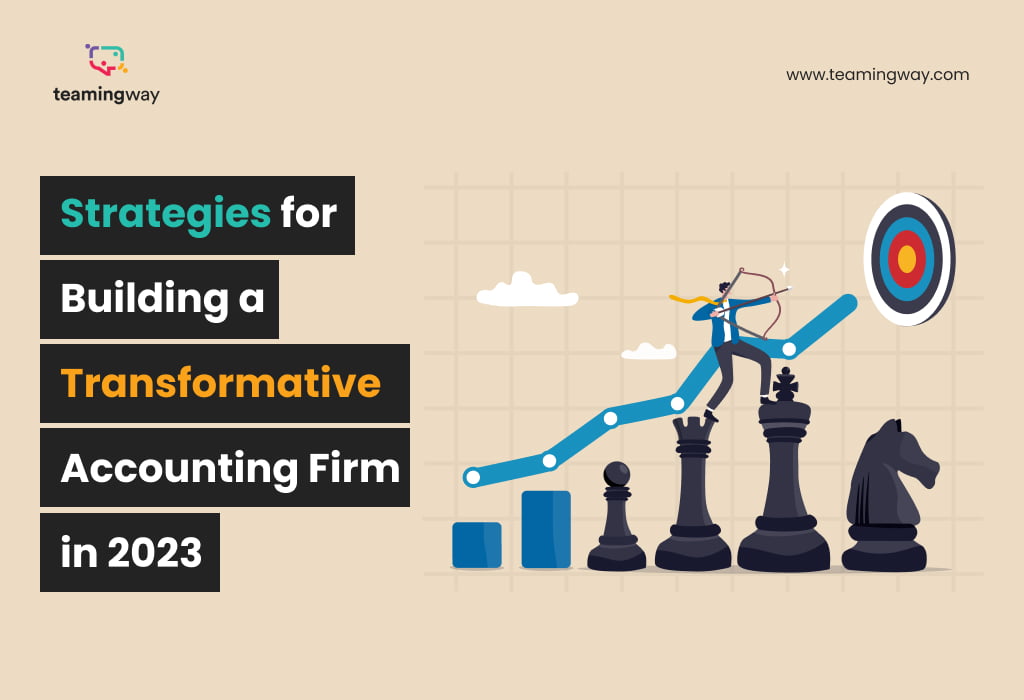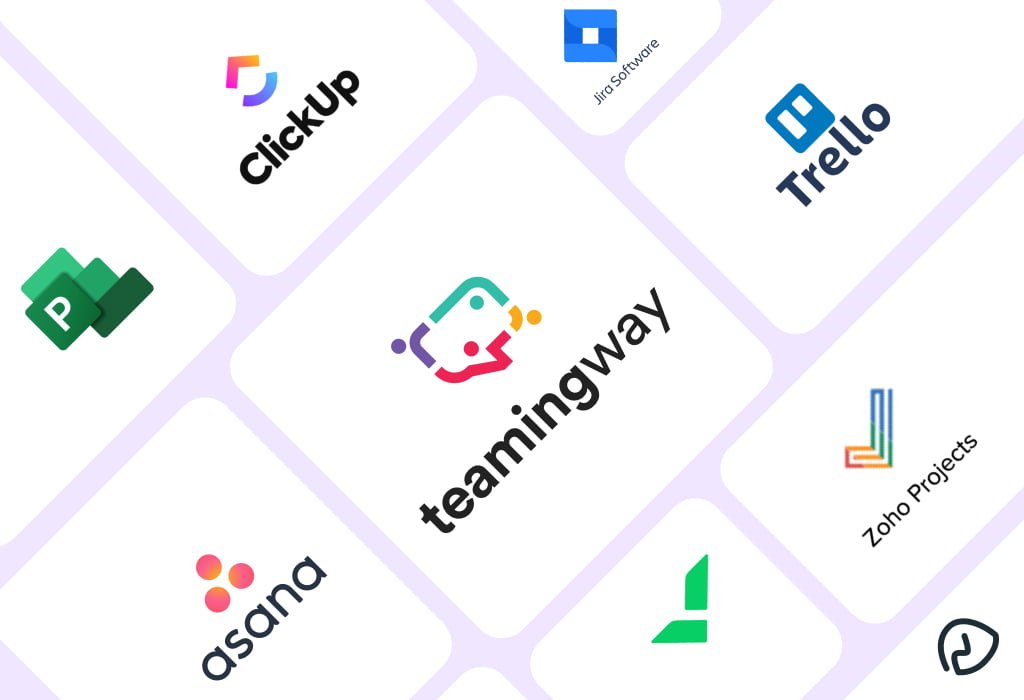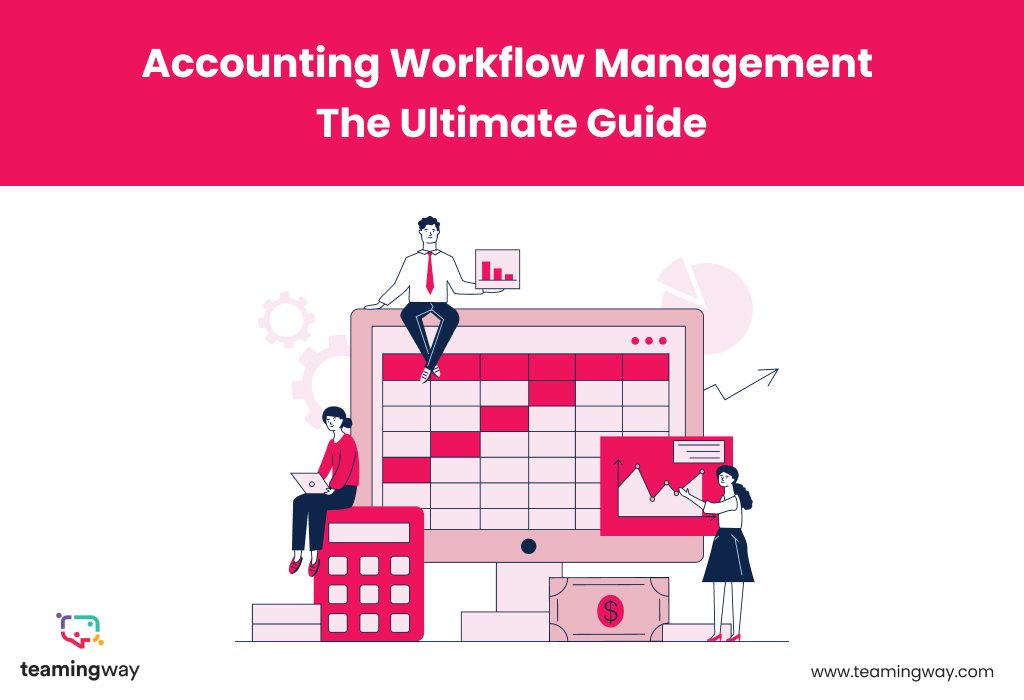
The best ways to use email marketing during tax season in 2023 can make all the difference for your business. As the tax deadline approaches, your customers and clients are likely searching for expert guidance and solutions to navigate the complex world of taxes.
By leveraging email marketing strategies tailored for the season, you can stand out in their inbox and provide value that goes beyond a simple sales pitch. In this blog, we’ll explore the top tactics followed by some great tips to make your email campaigns effective, and engaging, and ultimately, boosting your revenue during tax season.
Without further ado, let’s get started!
1. Segment Your Audience
Did you know that 77% of email marketing ROI comes from segmented, targeted, and triggered campaigns? (source: DMA) That’s why the first step in creating effective email campaigns during tax season is to segment your audience. By dividing your email list into specific groups based on factors such as demographics, interests, and behavior, you can create highly targeted campaigns that are tailored to the specific needs and interests of each group.
For example, if you have a large number of small business owners on your email list, you might create a campaign that offers advice on how to maximize deductions and save money on taxes. Alternatively, if you have a lot of individual subscribers, you might create a campaign that focuses on the benefits of working with a tax professional to ensure that taxes are filed correctly and on time.
To segment your audience effectively, you’ll need to collect data on your subscribers. This can be done through sign-up forms, surveys, and other means of data collection. Once you have this data, you can use email marketing software to create targeted campaigns that are sent only to specific segments of your audience. With the right targeting and messaging, you can increase engagement and drive more conversions during the tax season.
2. Provide Valuable Content
Sharing valuable content during tax season is key to engaging your audience. This can include blog posts, videos, and other types of content that offer advice, tips, and insights into the tax filing process.
Such as, you might create a series of blog posts that provide step-by-step instructions on how to file taxes online. Alternatively, you might create a video that offers tips on how to maximize deductions. By providing this type of content, you can position yourself as a trusted source of information and advice, and increase the likelihood that your subscribers will engage with your brand.
When creating content for your email campaigns, it’s important to keep the needs and interests of your audience in mind. Consider what types of questions and concerns they might have during tax season, and create content that addresses those needs.
3. Offer Discounts and Promotions
Everyone loves a good deal, and tax season is no exception. By offering discounts and promotions, you can incentivize your audience to engage with your brand and make purchases. In a survey conducted by RetailMeNot, 32% of respondents said that they actively look for tax season discounts and promotions before making a purchase.
For instance, you might offer a discount on tax preparation services to customers who sign up for your email list. Alternatively, you might create a promotion where customers who refer a friend to your business receive a discount on their next purchase.
When creating discounts and promotions, it’s important to ensure that they are relevant to your audience and aligned with your brand. Avoid creating promotions that are too generic or that don’t offer enough value to your customers.
4. Use Urgency and Scarcity to Drive Action
During tax season, time is of the essence. By using urgency and scarcity in your email campaigns, you can encourage your audience to take action quickly.
One effective way to do this is by creating a campaign that highlights the approaching tax deadline and offers a limited-time discount for customers who sign up for your services before the deadline. Alternatively, you might create a promotion that is only available to the first 100 customers who make a purchase.
When using urgency and scarcity in your campaigns, it’s important to be genuine and avoid creating false urgency. Make sure that your audience understands the benefits of taking action quickly, and that they have a clear understanding of when the promotion or discount expires.
5. Leverage Personalization and Automation
Finally, it’s important to remember that email marketing is most effective when it’s personalized and relevant to the individual subscriber. This is where automation and personalization come into play. You’ll be surprised to know that personalized emails have an average open rate of 29% compared to 18% for non-personalized ones, shared in a report by Campaign Monitor.
Personalization allows you to create email campaigns that are tailored to the individual subscriber. This can include using their name in the subject line or body of the email, as well as using data about their behavior and interests to create more relevant campaigns.
Such as, if you have data that shows a particular subscriber is interested in small business tax deductions, you might create a campaign that offers advice and tips specifically for small business owners.
Automation allows you to set up email campaigns that are triggered by specific actions or events. For example, you might create a campaign that is triggered when a customer abandons their cart on your website during tax season. The campaign could include a reminder about the approaching tax deadline and a special discount for customers who complete their purchase before the deadline.
By personalizing and automating your email campaigns, you can increase open rates, click-through rates, and overall engagement with your brand.
Some Great Tips:
In addition to the tactics mentioned above, there are some complementary tips that can take your email marketing during tax season to the next level.
1. Optimize Your Email Subject Lines:
Your email subject line is the first thing that your clients will see when they receive your email. Make sure that it’s engaging and relevant to their tax needs. Did you know that personalized subject lines that include the recipient’s first name can increase open rates by 26%? Take advantage of this fact and make your subject lines personal and attention-grabbing.
2. Use A/B Testing:
A/B testing involves sending two versions of an email campaign to a small portion of your email list to determine which version performs better. It’s a great way to experiment with different email content, subject lines, and send times. Not sure if your clients prefer to receive emails in the morning or afternoon? Try sending the same email at different times and see which version performs better.
3. Don’t Overcomplicate Your Emails:
Your clients are busy, and they don’t have time to read lengthy, complicated emails. Keep your emails simple and easy to read by using bullet points, short paragraphs, and clear language. Make sure that your clients can quickly and easily understand the message you’re trying to convey.
4. Provide Clear Calls-to-Action:
Your clients should know exactly what action you want them to take after reading your email. Whether you want them to schedule an appointment, download a tax form, or refer a friend, make sure that your calls to action are clear and prominent. This will make it easy for your clients to take the desired action.
5. Monitor Your Email Metrics:
It’s important to track the performance of your email campaigns so that you can make data-driven decisions and improve your future campaigns. Keep an eye on your email metrics, such as open rates, click-through rates, and conversion rates, to determine what’s working and what’s not. By doing so, you can create more effective email campaigns that drive engagement and revenue.
Conclusion:
In conclusion, email marketing during tax season can be a game-changer for your business, but only if you do it right. By following the best practices and tips we’ve discussed in this blog, you can make sure your email campaigns are effective, engaging, and valuable for your audience.
From personalized subject lines to automated reminders, the possibilities are endless. So, gear up and get ready to take your email marketing to new heights!


